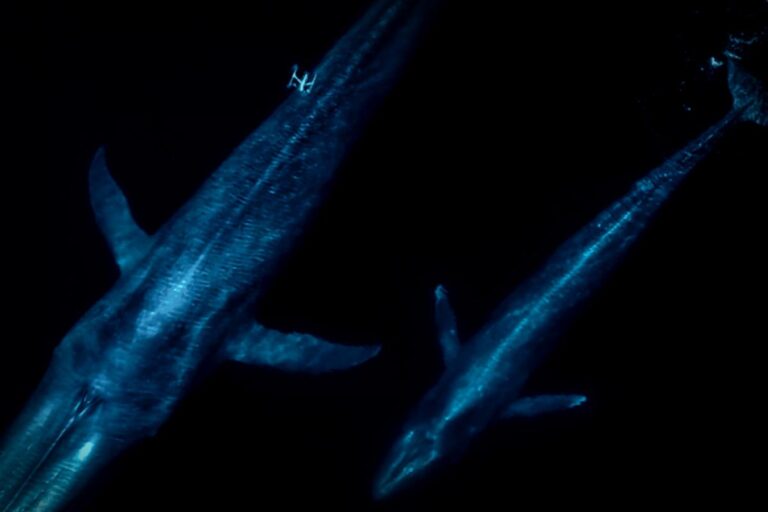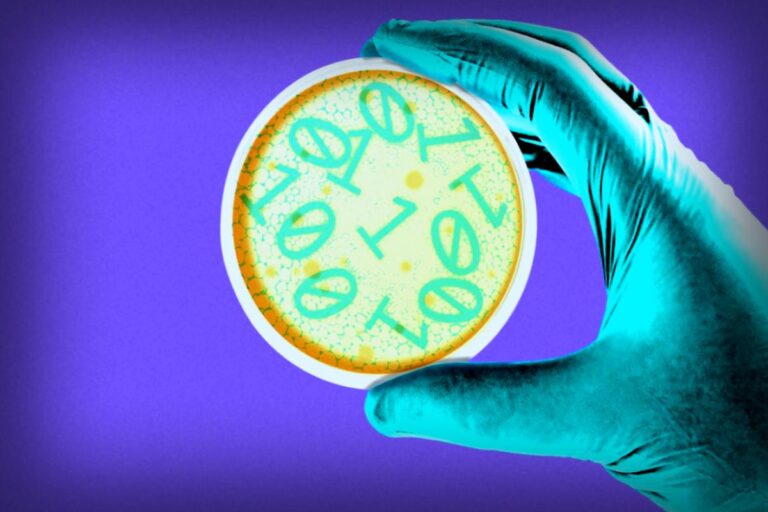So, big news from Indonesia! They’ve found radioactive contamination in a huge industrial area near Jakarta, and it turns out there are high levels of Caesium-137 (Cs-137), a radionuclide that doesn’t occur in nature.
Here’s a quick rundown of the facts we’ve got:
- Back in August, two different spots were flagged for being contaminated with Cs-137. Recently, the environment minister revealed that around 10 places at the Modern Cikande Industrial Estate have shown signs of contamination, where a variety of industries operate.
- Cs-137 shows up in all sorts of medical tools and devices, according to the CDC. It’s also a side product of nuclear reactions from reactors and nuclear weapons tests, but here’s the catch: Indonesia doesn’t have any nuclear reactors or weapons.
- Some areas in the industrial zone are reading radiation levels of 1,000 microSievert per hour, stated the environment minister.
- To break it down: Sieverts measure how much radiation the human body absorbs. Interestingly, we naturally get exposed to around 2 to 3 milliSievert per year.
- Now, a yearly exposure of 100 mSv can visibly increase cancer risks, and a total of 1,000 milliSievert (or 1 Sievert) could likely lead to fatal cancer in 5 out of 100 folks exposed—many years later, of course.
- At least nine people have received treatment due to exposure at the industrial estate. We don’t know how long they were in contact with the radiation or how much they absorbed while working nearby.
- Officials think the source of the contamination might be a metal factory located within that estate.
- This whole situation began when a batch of shrimp exported to the U.S. was found to be contaminated with Cs-137 back in August by the FDA. Those shrimp were processed at the industrial estate.
- The FDA explained that the shrimp never made it into the U.S. market, revealing a Cs-137 level of about 68 Bq/kg, which is below the FDA’s intervention threshold.
- Even though the product wasn’t an immediate threat, the FDA warned against consuming or selling any of those shrimp. They stressed that avoiding such products helps minimize exposure to low-level radiation that could affect health if you’re regularly exposed.
- The industrial estate is still in business but under close watch from authorities, who are already implementing decontamination measures.
- This contamination model isn’t new for Indonesia. Back in January 2020, the Indonesian nuclear agency also detected Cs-137 in a residential area in Serpong, South Tangerang.
(Reported by Indonesia bureau; Edited by Martin Petty and Clarence Fernandez)

















